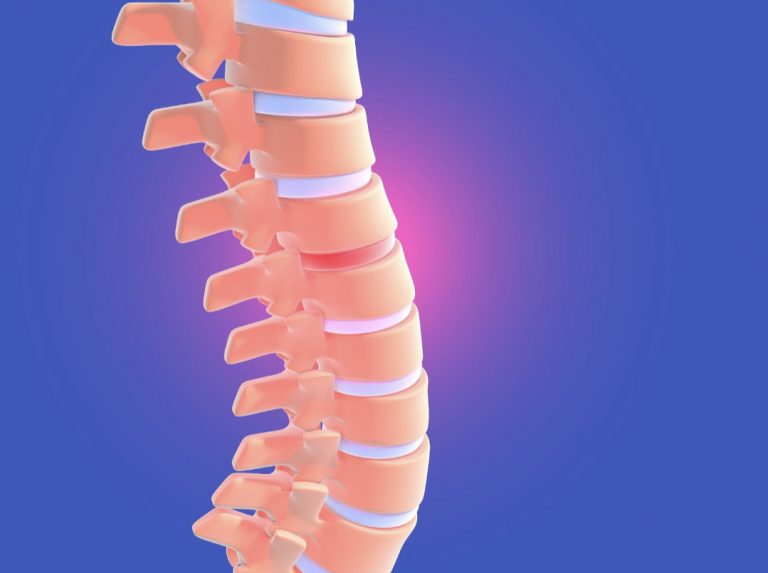What is a Bulging Disc
Many adults suffer from lower back pain often caused by bulging discs, especially those over the age of 50. There are many causes for this including degenerative conditions in the lumbar (lower) region of the spine. With age, the spinal discs dry out and lose elasticity. This makes them less able to cushion the vertebrae and more likely to bulge out of their normal place.
Typically a bulging disc begins to develop due to the constant pressure from the surrounding vertebrae. Factors like weight gain, weak core muscles, and repetitive motion can also accelerate the development of this condition. In some cases, a bulging disc shows no symptoms leaving people unaware that they’ve developed one in the lumbar spine. However if part of the bulging disc puts pressure on a nearby spinal nerve, you will experience symptoms. These symptoms can hinder daily activities and potentially cause severe pain.
Symptoms Of Lumbar Bulging Disc
One key to effectively treating this condition is to identify and address the symptoms before they become crippling to your current lifestyle. A bulging disc in the lumbar spine can present the following symptoms:
- Pain, local or radiating
- Numbness
- Tingling
- Muscle weakness
- Limited mobility
- Discomfort when standing or walking
- Pain in the buttocks, legs, and/or foot
These symptoms often begin slowly and can progress over time without treatment. If you recognize these symptoms in your lower back and they do not go away after a short period, schedule an appointment with your doctor to determine if a bulging disc is the source of your pain.
Your Treatment Options
The treatments for bulging discs often begin with a series of conservative methods such as pain medication, physical therapy, and stretches. Certain lifestyle changes can help ease the pain of this condition. Following a weight management plan, improving posture, and avoiding high-impact activities can help reduce the pressure on the lumbar spine, the damaged disc, and compressed nerves.
For many patients, conservative treatment is an effective method of pain relief for a bulging disc but surgery may be presented as an option if symptoms persist after fully exploring nonsurgical therapies. If you are recommended for spine surgery to treat your condition we encourage you to research the minimally invasive spine surgery at BEST Health System as an alternative to traditional open back surgery. Our procedures offer patients a lower risk of complications compared to traditional open back surgery as well as a shorter recovery time due to our muscle-sparing approach to the spine.
To find out if you are a candidate for our minimally invasive spine surgery, contact BEST Health System today!
